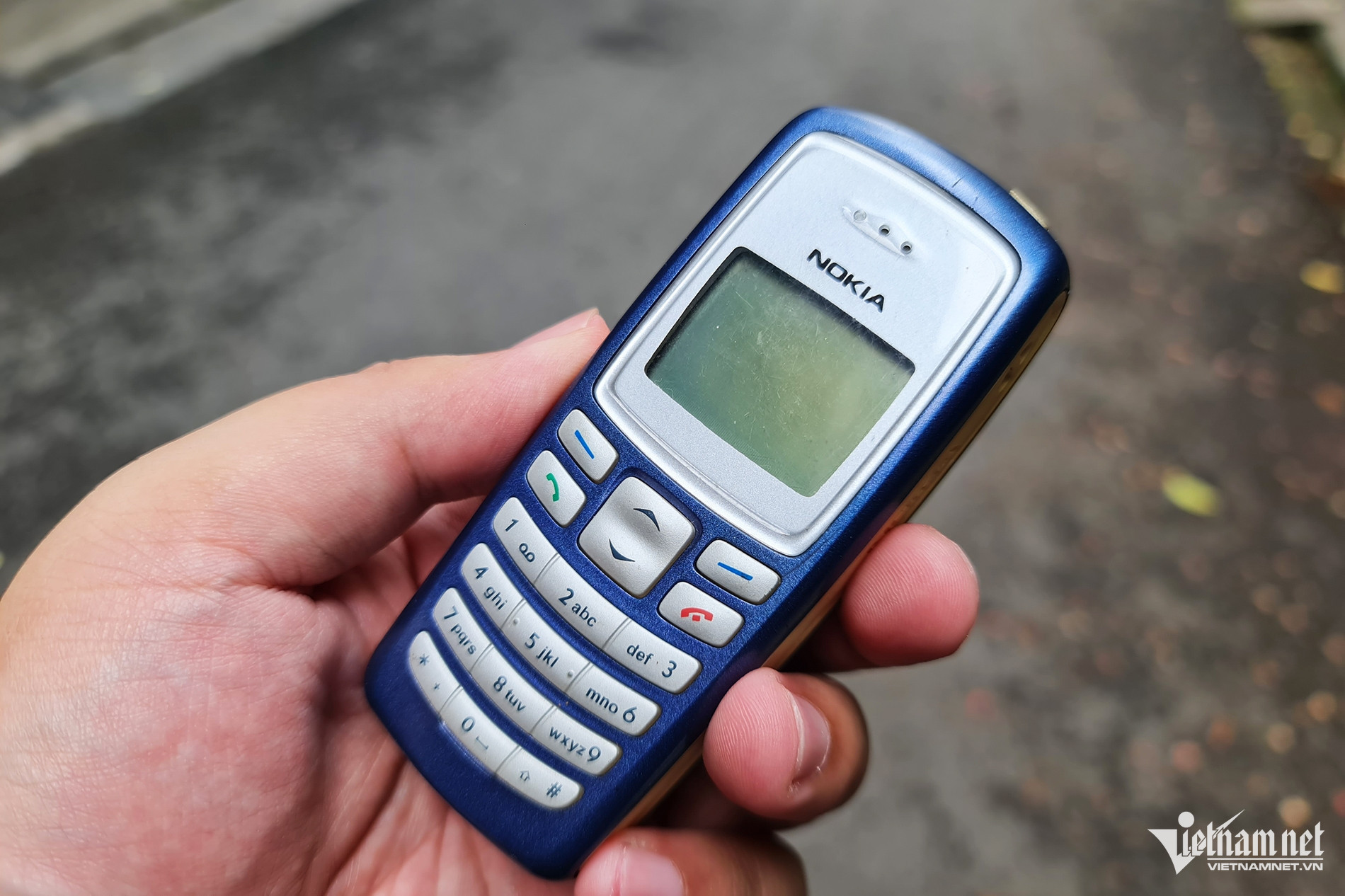
Since October 16, these 2G-only subscribers who had yet to upgrade to 4G have been locked from sending and receiving SMS and calls.
To date, 143,000 2G-only subscribers have had their two-way service discontinued. Viettel is the telecom carrier with the highest number of 2G-only subscribers that have to upgrade to 4G, followed by VNPT and MobiFone.
A mobile network operator told VietNamNet that the majority of 2G-only subscribers that have not converted to 4G are just clients’ spare subscribers and they don’t need to use the subscribers anymore.
Telecom carriers have launched many programs to support 2G-only subscribers to upgrade to 4G.
According to AOT, by January 2024, there were about 18.2 million 2G-only subscribers. After MIC requested telecom carriers to accelerate the 2G cessation process and provide free devices to clients, the number of subscribers switching to 4G increased rapidly.
According to AOT deputy head Nguyen Phong Nha, 2G technology has been used for 30 years and equipment quality has degraded, and has become unstable. Therefore, it must be replaced, especially when new technology is ready.
Comprehensive measures were taken to prepare for the 2G termination. MIC publicized the policy on switching to 4G, so that subscribers took initiative to shifting to 4G.
Telecom carriers built up plans and supported users to be upgraded to 4G. Meanwhile, terminal device manufacturers changed their business plans to cooperate with partners to follow the 2G cessation roadmap, a part of the national digital transformation process.
The 2G cessation offers great benefits to people and enterprises, and at the same time accelerates the development of digital society, digital economy and digital government.
For the public, the 2G cessation allows them to shift to 4G and 5G broadband services with higher quality. The process also helps fulfill the government-initiated ‘one smartphone for every citizen’ program, and helps popularize smart phones to all Vietnamese people.
For telecom carriers, they can exclude old technology out of their networks, which helps reduce operation costs and contributes to developing green technology.
2G technology is electricity consuming, so the removal of 2G not only benefits businesses, but also the society and drives to green development.
As for the government, the 2G cessation will free up the bandwidth for old technologies previously and have bandwidth for new technologies, which can bring higher efficiency.
As many as 77 countries have planned to cease 2G and 3G technologies, mostly by 2028.
Thai Khang
